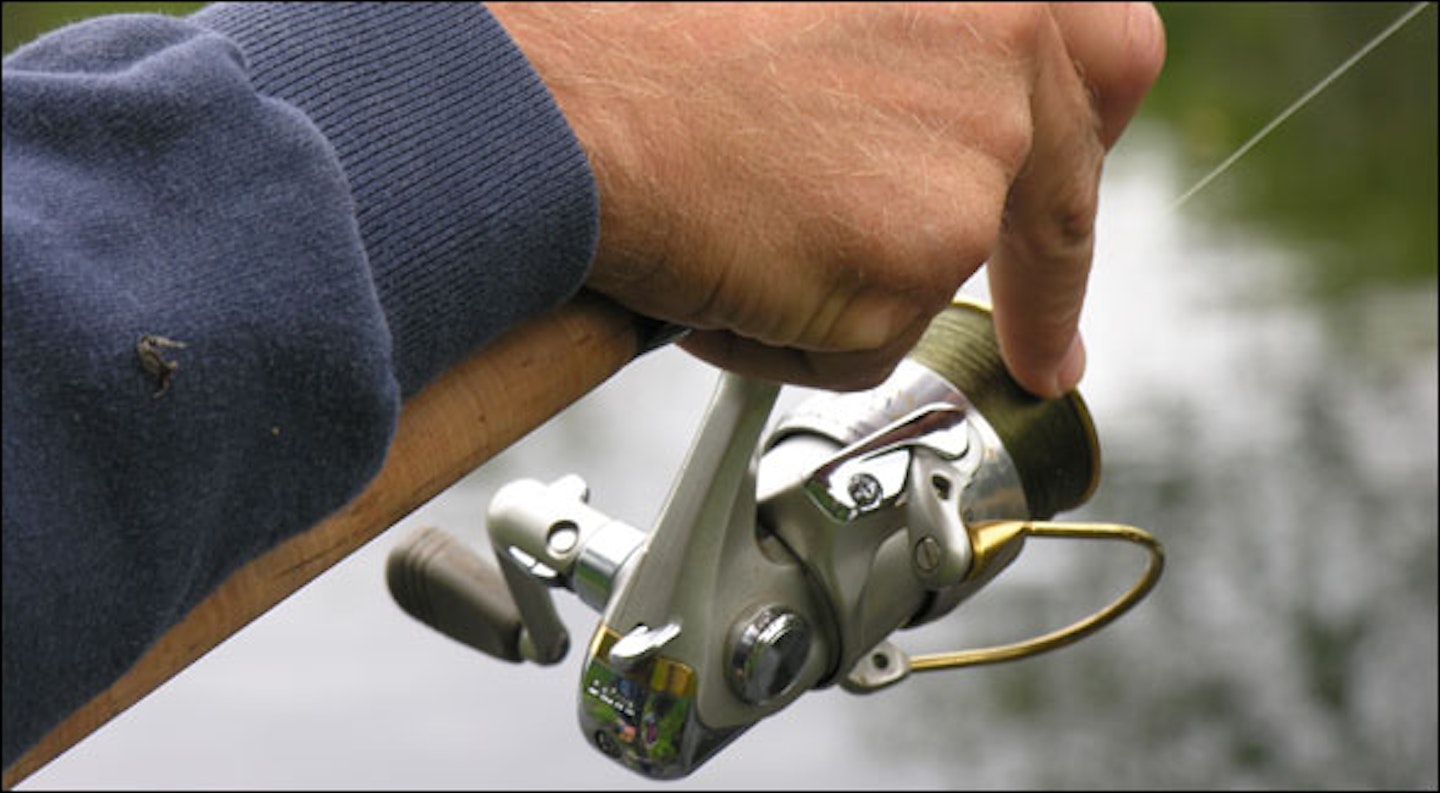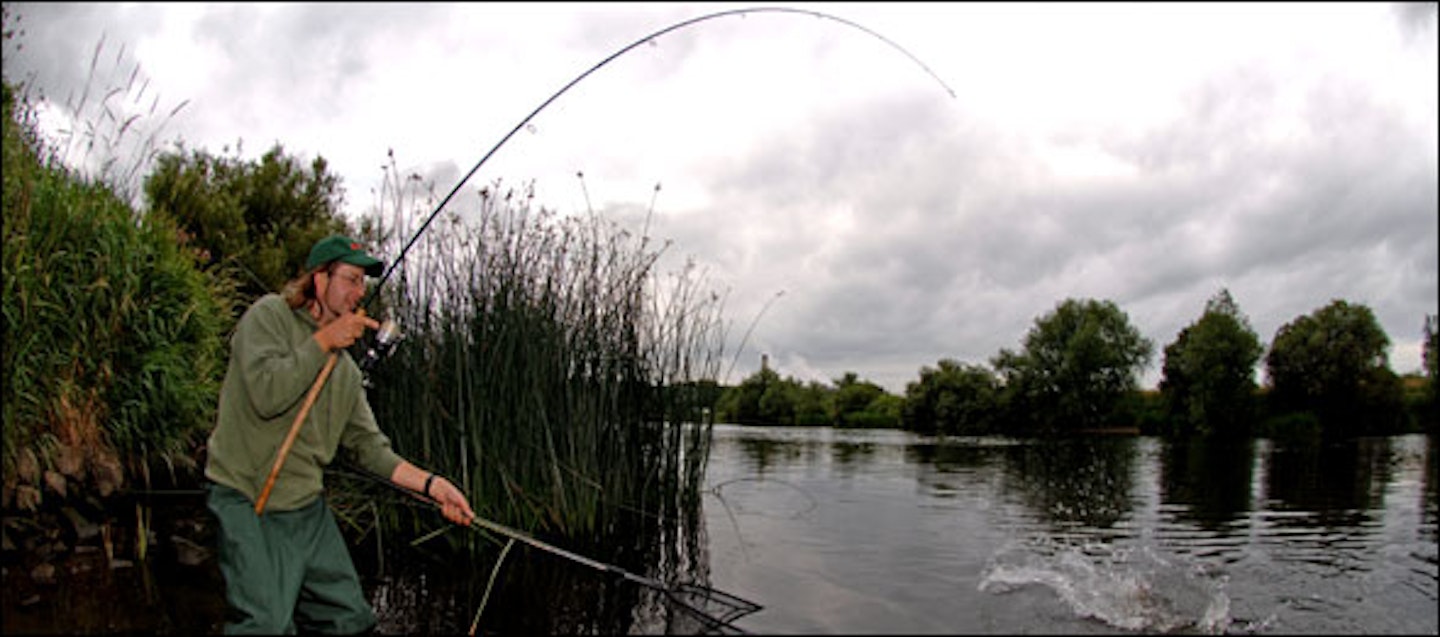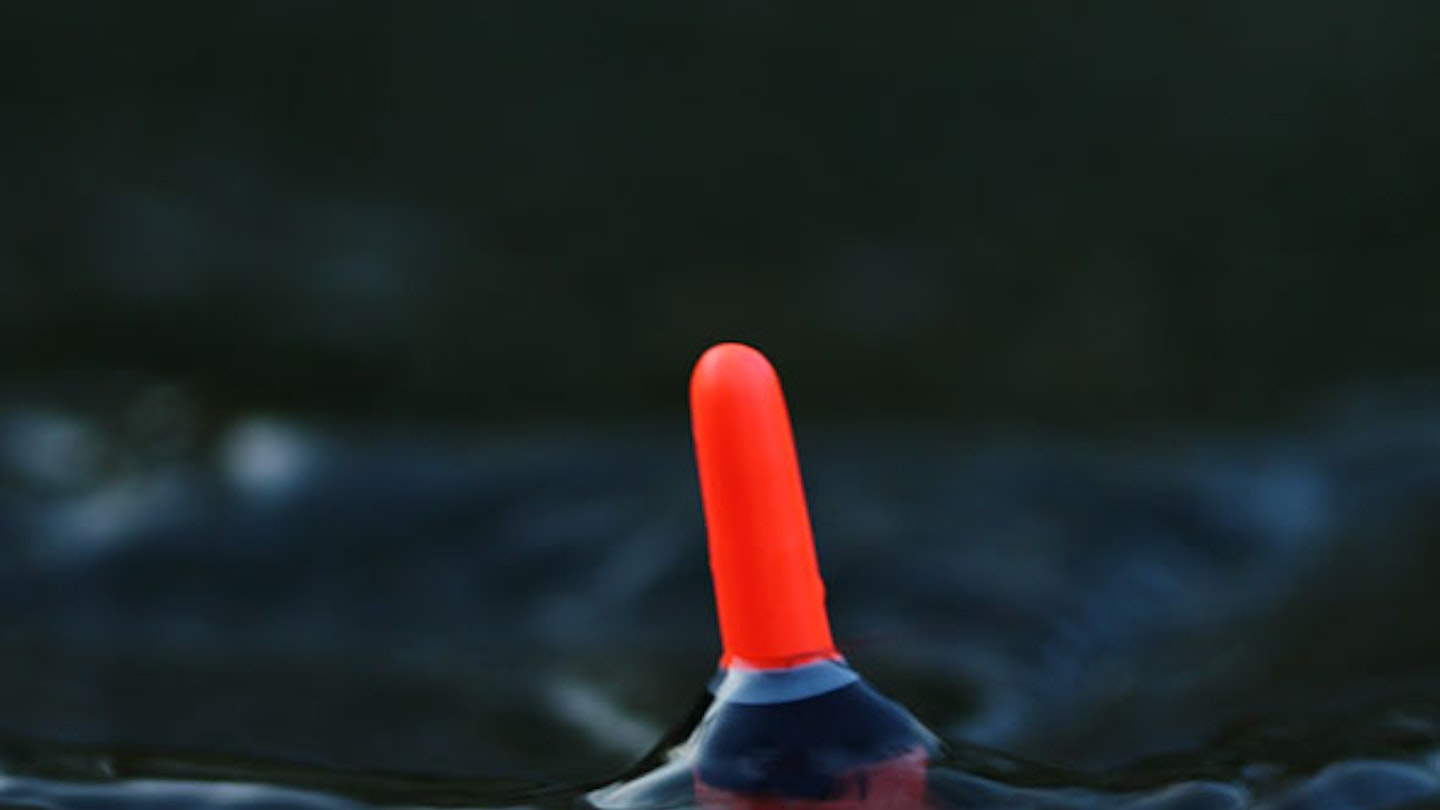There’s no finer way to catch fish on rivers than on the float. Here are a few pointers...
The river season is in full swing, and the recent rains of our ‘barbecue summer’ will have helped put them in tip-top condition, so there’s never been a better time to grab a slice of running-water action.
Angling Times got hold of a host of river aces for their floatfishing tips on catching everything from perch to barbel, including the baits to use, the swims to fish and the tackle to get them in the net. The rest is up to you!
Steve Hemingray: European champion
1 Always look for the flow when after chub. The fish won’t be far from this well-oxygenated water, sitting in the slightly slower slack to the side to pick off food. A waggler fished down this ‘channel’ of fast water will waft your hookbait right in front of their noses.
2 Waggler or stick float? The wind will play the biggest part in deciding which method to use, and unless there is a slight upstream wind off your back, which is ideal for the stick, the waggler will be best.
3 Leave a bit of float showing when fishing the waggler as you’ll be running down the peg a long way and need to see the bites. This will also stop the float from being dragged under on any bits of weed there might be, and in shallow, clear pegs you don’t want to be striking all the time because this can easily spook the fish.
4 Always feed slightly downstream of you when fishing the float as chub especially will come right above where the feed is going in. When this happens you must be able to fish here properly and make the most of it. Start with half a pouch of feed and monitor the peg. Never lash it in to begin with though, as you can blow the peg too early.
5 If the river is clear, then bread can be a killer bait and pretty instant in getting bites. The stick float is best for fishing bread as you can slow the rig down to tease the bait into the fish. To do this, just check the line coming off the reel spool with your fingertip. This will pull the float off-line a little, but this is better than having the line in front of the float.

Darren Cox: England international
6 In water coloured by rain, a baitdropper is key to feeding and fishing accurately on the pole when you’re after bream. Dropping in a big helping of chopped worm, caster and pinkie will concentrate a bed of neat feed in one spot and let you drop your rig right on top of this, rather than the random fashion of balling-in groundbait, which gives you more river to cover in a less efficient fashion.
7 There is a school of thought that reckons light-coloured baits work well in coloured water – for instance, white or bronze maggots and lighter coloured casters, but in my experience, dark baits are best. The fish don’t have a problem finding dark groundbait, hemp, caster, worm, red maggots and fluoro pinkies.
8 The flat float can be a killer method to fish on pacy rivers where big bream, tench, perch and eels are the target. However, bites on the flat float are not quick affairs that a normal running rig will produce. Because it’s fished so far overdepth you’ll get a lot of indications on the float before it finally buries, so putting the pole in the rests and almost sitting on your hands is best.
9 River fish are nomadic and even if you’re planning to catch on the pole in one tight area, it’s still worthwhile setting up another rig for trundling a bait over a lot of the swim, or even a waggler. Fish will move upstream towards the feed that goes in, and running a rig through the swim in the early stages of the session will let you pick them off as they begin to move. Once they arrive, it’s time to switch to the more static approach.
10 There is a chance that your swim might fade as the session progresses, and big fish can often be responsible for this. My approach would be to feed some more bait to try to milk the last few fish out of the peg before swapping to a lobworm on the hook. This is the king of big-fish baits, and it might be a waiting game but can produce fish you never knew existed in your river!
.jpg?auto=format&w=1440&q=80)
Paul Woodward: River Wye match legend
11 The classic chub swim is where the river runs up to a shallow area. This change in depth naturally holds chub, and the angler who runs their bait just into the last stretch of deep water will find the fish. Loosefeed hemp and caster, and keep an eye out for any swirls on the surface, which show that the chub have come shallow.
12 On big, wild rivers like the Wye there’s no point fishing small baits. Three or four maggots or casters, or even a couple of grains of sweetcorn, will catch everything – even the dace!
13 There aren’t many chances to catch barbel on the float, but one way I do it is to fish a long rod with a big Bolognese-type float of around 6g. Fish this up to 3ft overdepth to slow the rig right down, with a banded 8mm halibut pellet, and feed a good pouch of hemp and pouch of 6mm halibuts every run-through.
14 River perch aren’t any different to those on lakes and canals, and snags are prime real estate! A swim with an overhanging tree in the edge holding slack water is the place to fish, flicking a lobworm on a simple bomb set-up underneath. For feed, chopped worm and caster is unbeatable, and if you’re not too proficient with a baitdropper, a groundbait mix will do just as well.
15 Wherever there’s the chance of hooking a barbel or big chub you must fish with tackle that gives you the chance of getting them out. In coloured conditions when big fish are most likely to show, don’t be afraid to step up your hooks and lines; 3lb mainline and a 0.13mm diameter hooklength (around 3lb) with a size 14 hook will give you a fighting chance, while still being fine enough to catch those roach and dace.
Bob Roberts: Trent supremo
16 Don’t go thinking that barbel only feed on the bottom. They don’t! Very often they will drift a few feet up in the water to pick off food, so it can be worth trotting a bait through the peg fished up to 1ft off the deck, ideally small particle baits like maggots and casters.
17 Big, deep rivers like the Trent with a smooth patch of water that runs at roughly walking pace around 6ft deep can prove to be prime barbel territory. Avoid ‘boiling’ pegs where the depth is uneven and the river littered with boulders and snags. Fish will live here, but getting them out might be a different matter!
18 Keep your normal waggler rods at home for big-fish river work. A power waggler rod designed for commercial carp fisheries is better-suited to this type of fishing, using 6lb line fished straight through.
19 The most successful anglers will work their stick float continually on rivers, and over the course of a trot down the peg I will slow the float down to half pace and even stop it completely, presenting a perfectly still bait to the fish. I do this by simply trapping the line on the spool with my finger, or gently dabbing it as it peels off the spool.
20 For summer perch on rivers I think there’s nothing to beat a livebait, but as most big stripeys live near features such as trees and reeds, a floatfishing approach isn’t always best. I prefer a static attack using a float-paternoster set-up fishing with a hair-rigged livebait presented under a large wide gape size 4 or 6 hook. This approach greatly reduces the number of deep-hooked fish you catch.

